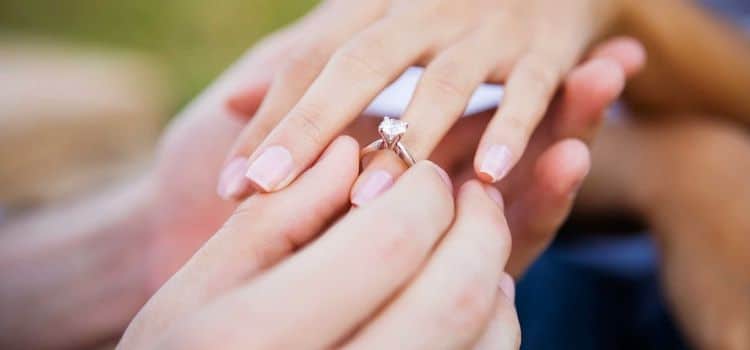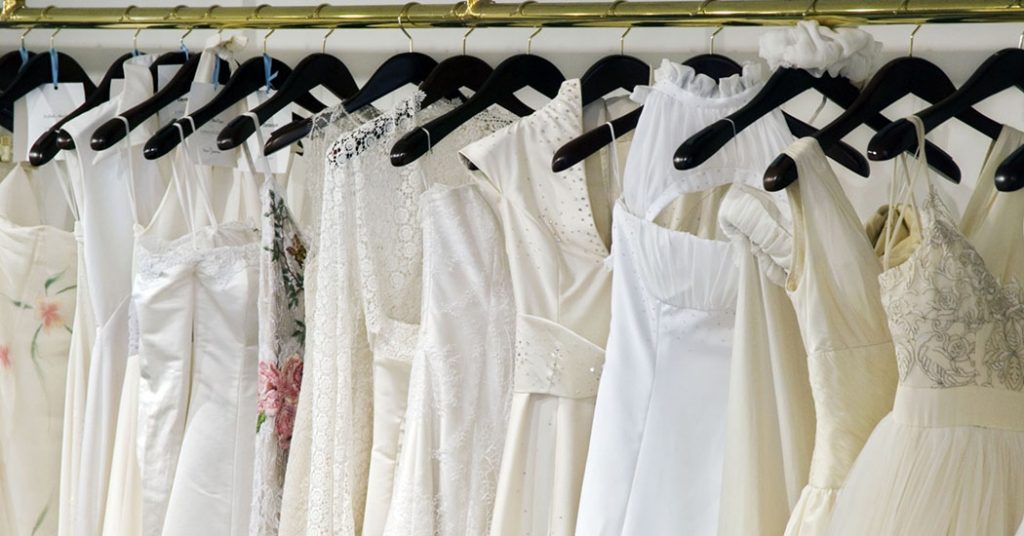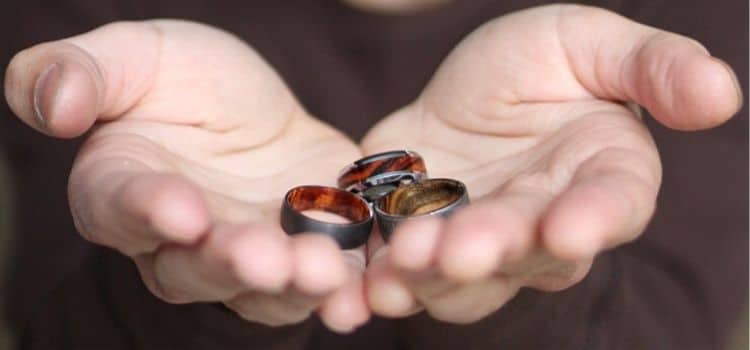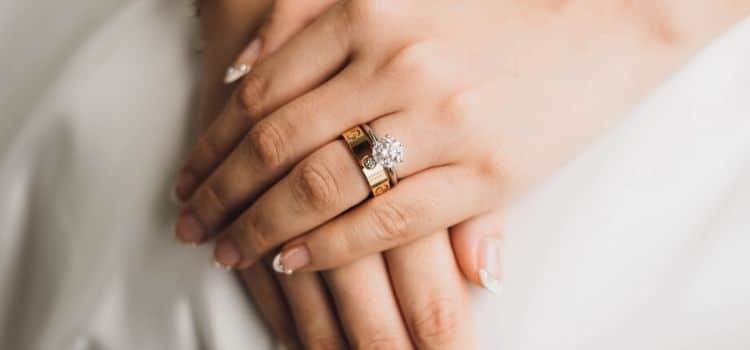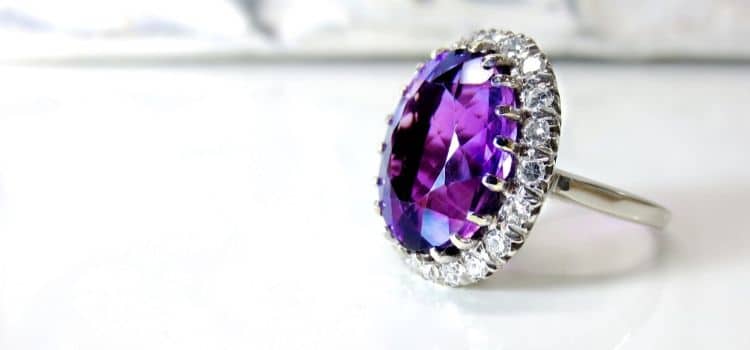The engagement ring is presented as an engagement present to the partner’s prospective spouse while he or she proposes marriage or directly after she accepts the marriage proposal. It represents a formal agreement to future marriage. Before knowing anything about jewelry, purchasing that special ring can be intimidating.
There are many things to take into consideration when buying an engagement ring like color, gold, metals, the five Cs of diamonds, clarity, brilliance and more. That’s why Ring to Perfection is here: to educate you about the value of fine rings and jewelry. We will guide you through the basics of the terms and tips to educate yourself and find that perfect ring that brings you, and your partner to perfection.
Different Types of Engagement Rings
As you have seen, with all the different shapes and styles of engagement rings it can seem overwhelming. However, we would like to provide you with a summary of different types of engagement rings which will help you stay focused on the end goal which is finding the right ring for you or your significant other.
The Opal Engagement Ring
Women want a ring that is going to be seen from far away, but they also want a ring that is lightweight and gorgeous. Bigger is better is not always the case and simple and classy might not always be appreciated, so you need something in between that is beautiful, light and won’t exceed your budget. An Opal Engagement Ring might just be the engagement ring you are looking for for the women you want to spend the rest of your life with.
The Morganite Engagement Ring
The solution for a unique and “one of a kind” ring can be the Morganite Engagement Ring. The remarkably high quality of morganite makes it perfectly appropriate for an engagement ring and a wonderful alternative to the traditional diamond engagement ring.
Morganite is still fairly uncommon as an engagement ring, so you will still be the talk of the town if you do choose a beautiful stone and setting. Additionally, morganite is also used in gem therapy so the stone is pleasant to look at all the time.
The Princess Cut Engagement Ring
The Princess Cut Engagement Ring entails sophistication and elegance just like the Princess who wears it. The square shape gives it a classic and timeless beauty. There’s a little bit of princess in every woman, and now you can pamper your princess with one of the exquisite princess cut diamond engagement rings.
The Moissanite Engagement Ring
Moissanite is a beautiful option for an engagement ring and is becoming increasingly popular nowadays. It has significantly more fire and splendor than a diamond, while at the same time will spare you a lot of money compared to a mined gemstone ring like a diamond engagement ring.
A Vintage Engagement Ring
If you want to make your marriage proposal extra special, getting a vintage antique engagement ring is a perfect way to go. It carries more history and appeal especially when the vintage engagement ring has run in the family for a long time. This will also save you loads of time searching! However, you can always decide to add a little bit of your own flavor to it to make it unique in its vintage kind. When buying vintage engagement rings, one must look closely at cut, color, clarity, carat, and character before getting a second-hand engagement ring to make sure it’s the real deal.
Engagement Ring Guide

Engagement Rings Glossary
Below are definitions to some common terms that are helpful to know when buying engagement rings.
Alloy
The mixing of two or more metals which strengthens the metal and enhances its appearance.
Bezel Setting
A diamond or gemstone is wrapped with the metal, where only the crown and table can be seen.
Brilliance
The amount of sparkle or shine which is reflected from the diamond.
Cabochon
A gemstone cut which is polished into a smooth, rounded dome-like surface, instead of having facets.
Carat
A diamond’s measurement for weight.
Cathedral Setting
A setting that has cathedral-like arches on each side of the diamond or gemstone.
Channel Setting
Diamonds or colour gemstones are arranged adjacent to one another in a channel, with no metal between each stone.
Cluster Setting
Diamonds or colour gemstones are grouped together, which can be arranged to look like one large stone.
Crown
The upper part of a diamond or gemstone, beneath the table and above the girdle.
Facet
The flat surface on a diamond or colour gemstones. The arrangement of a gemstone’s facets determine its cut and return of light.
Flush Setting
A hole is created in the metal surface, and a diamond or gemstone is placed inside, where its table is evenly set with the surface of the metal.
Hardness
The ability of a diamond or gemstone to resist scratches, which is measured using the Moh’s scale of hardness from 1 (softest) to 10 (hardest).
Ideal Cut
An ideal cut diamond has the highest quality of proportions, symmetry and polish, and returns the maximum amount of light from the top of the diamond.
Inlaid Setting
Diamonds or colour gemstones are set flush within the surface of the metal, where a part of the metal setting is cut away and replaced by the stone.
Invisible Setting
A diamond or gemstone is set in an arrangement where the metal cannot be seen, making it appear as there is no setting behind the stone.
Karat
The standard measurement for gold, where 24 karats is pure gold. 14-karat or 18-karat gold is mixed with other metal alloys to strengthen it, and to enhance its appearance.
Pave Setting
Small diamonds or color gemstones are held in place by small handcrafted prongs, where all the tables of the stones are set evenly with the metal surface.
Pink Gold
Pink gold is created when pure gold is combined with more copper than other alloys and is sometimes called rose gold.
Prong Setting
A diamond or gemstone is mounted to the metal with prongs that wrap around its girdle, and are usually secured to the crown of the stone.
Tension Setting
A diamond or gemstone is suspended inside the metal setting, where most of the diamond is exposed.
White Gold
Made by combining pure gold with copper, zinc and nickel (or palladium) alloy, such as rhodium.
Yellow Gold
Gold that retains its natural yellow color. Pure gold is typically combined with copper and silver alloys to enhance its durability.
Buying your perfect Engagement Ring
With many different materials and styles to choose from, it is easy to find cheap engagement rings, eternity rings, promise rings, all the way to the most expensive wedding ring sets designs. We hope we helped you find the perfect way to say, “I do,” forever with Ring to Perfection’s ultimate engagement ring guide so you will keep the perfect engagement ring on your finger until death makes you part with it.

Hey lovely readers! My name is Chantal and I am obsessed with everything accessory and jewelry. My husband (and best friend) John and I, have been writing content for this blog for over 4 years now started the RTP store with over 4000 curated accessories and jewelry. We are traveling around the world to find the latest products, negotiate the best prices and find the best quality for our readers. We have managed to make our passion for feeling and looking good into our work. We are always open to new product suggestion, improvements or feedback. If you would like to chitchat with me, email me here!
